Smoking Pipe Case Industry Report: A Strategic Guide for Buyers and Distributors
Part I: Definition and Importance of Smoking Pipe Cases
In the world of pipe smoking, functionality and presentation go hand in hand. A smoking pipe case is not merely a protective container; it is an essential accessory designed to preserve the condition and value of a smoking pipe. For collectors, daily users, and retailers alike, pipe cases offer both physical protection against external damage and a stylish means of organization. In wholesale and distribution, these cases represent an increasingly valuable product segment as lifestyle-oriented tobacco use maintains cultural relevance.
Part II: Industry Background and Trends – Evolution and Current Dynamics
The smoking pipe case industry has experienced steady growth over recent years, supported by the revival of classic smoking habits and the growing popularity of premium accessories. As more consumers seek out high-end, personalized smoking experiences, demand for durable, aesthetically appealing, and customizable pipe cases has surged.
Key trends shaping the market include:
-
Rising global interest in artisanal and hand-crafted accessories
-
Increased online visibility and cross-border distribution
-
Technological integration in materials and manufacturing
-
Emphasis on sustainable materials (e.g., vegan leather, recycled linings)
Projections indicate continued upward momentum in the pipe accessory sector, with pipe cases emerging as a profitable niche for retailers and wholesalers aiming to diversify their product catalog.
Part III: The Production Process – From Design to Final Product
To assess product quality and cost-effectiveness, it’s important to understand the typical manufacturing process of smoking pipe cases. The workflow generally includes:
-
Design & Prototyping – Patterns are drafted to fit standard or custom pipe shapes.
-
Material Selection – Choices include leather, PU, canvas, or hard-shell composites, depending on cost and market preferences.
-
Cutting & Assembly – Materials are cut, stitched, or molded into shape.
-
Protection Integration – Padding, lining, or compartments are added to secure pipe components and accessories.
-
Finishing – For leather cases, this involves polishing, edging, and hardware attachment.
The skill and precision in each phase determine the final product’s durability, appearance, and value proposition—crucial considerations for B2B buyers.
Part IV: Differentiators – Brand, Origin, Equipment, and Technology
Not all pipe cases are created equal. Market differentiation stems from several variables:
-
Brand Reputation: Recognized brands often reflect superior quality control and consumer trust.
-
Country of Origin: European and Japanese manufacturers, for instance, are known for meticulous craftsmanship, while others offer cost-effective mass production.
-
Production Equipment: Advanced machinery allows for uniform cuts and reinforced stitching, contributing to product consistency.
-
Manufacturing Technology: Use of CNC cutting, ultrasonic bonding, or eco-friendly adhesives can enhance structural integrity and environmental compliance.
Understanding these distinctions helps wholesalers align their sourcing strategy with target market expectations.
Part V: Choosing a Reliable Supplier – What to Look for in a Manufacturer
Selecting a dependable smoking pipe case manufacturer is a strategic decision. A qualified supplier should demonstrate:
-
Compliance with international quality standards
-
Experience in B2B and OEM services
-
Capability for scalable production and timely delivery
-
Customization options to meet brand-specific needs
For example, Echi, known primarily for its nicotine bag manufacturing, exemplifies best practices in factory compliance, product innovation, and export reliability—attributes critical when entering or scaling in this sector.
Part VI: Final Thoughts – Strategic Advice for Buyers and Distributors
If you’re a distributor or brand entering the pipe accessory segment, consider the following strategic points:
-
Diversify SKUs: Stock both premium and mid-range cases to cater to different consumer segments.
-
Prioritize Craftsmanship: Quality matters in lifestyle products. Partner with manufacturers offering both handmade and precision-cut options.
-
Negotiate Supply Terms: Look for flexible minimum order quantities (MOQs), private label options, and warehousing support if distributing internationally.
-
Request Samples: Always evaluate product feel, construction, and finish before committing to large-volume orders.
Conclusion: Recognizing the Value of a Well-Crafted Smoking Pipe Case
In an increasingly design-conscious and experience-driven market, smoking pipe cases represent a niche with strong commercial viability. Beyond their protective function, these cases offer a platform for branding, innovation, and consumer engagement. For B2B buyers and distributors, understanding the manufacturing landscape and selecting the right supplier can make a significant difference in product success and brand reputation.
By leveraging this knowledge and aligning with reputable partners, you can position your business at the forefront of this growing segment. Explore potential suppliers, review their capabilities, and make informed sourcing decisions that align with your market objectives.

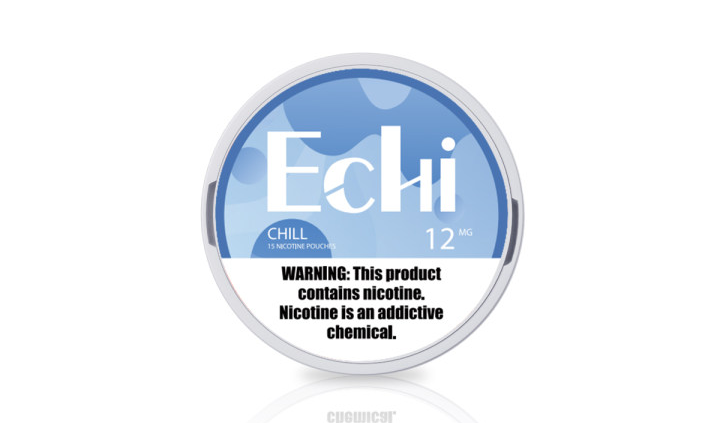
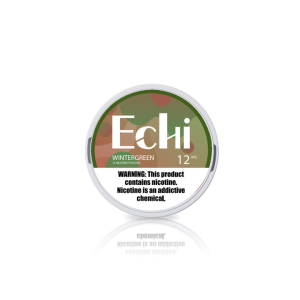
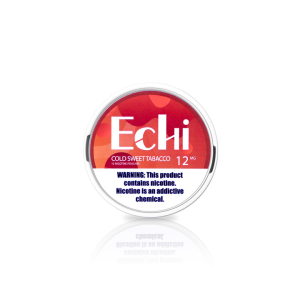
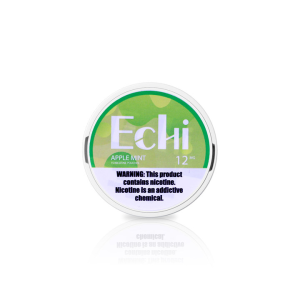
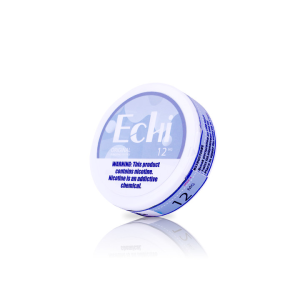
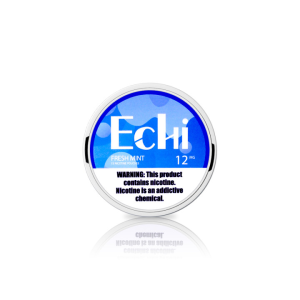
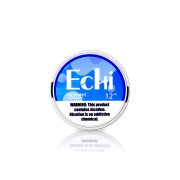


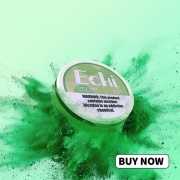





Leave a Reply
Want to join the discussion?Feel free to contribute!